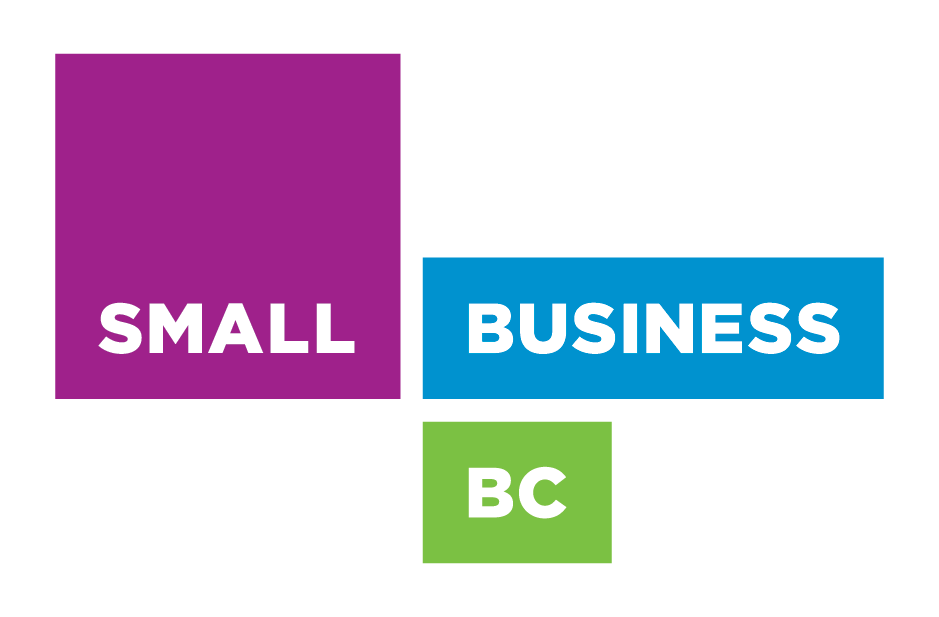Langley (Catherine Hercus) – Fraser Valley company Sepro Mineral Systems Corp. is using microwave technology to revolutionize mineral processing.
What are microwaves? Microwaves are electromagnetic radiation energy similar to visible light or radio waves. These wavelengths range from 1mm to 1 metre, and frequencies between 30gH and 300mH.
Most of us are familiar with using microwaves to heat up food, but did you know they are used in many other industries? In mineral ore processing, heat generated by microwaves is used to crack rocks open. This treatment takes less than 2 seconds! Microwaves are used on ore sizes from 1mm to 1 metre.
How does this work? The microwaves treat mineral grains within rocks. When these grains expand, they give any rocks containing valuable minerals a thermal signature. This signature is run through an algorithm, and the heating information provided enables ore to be sorted so that barren rocks without minerals are rejected before the ore is grinded.
Minerals have different reactions to microwaves. Valuable minerals typically heat more easily than waste minerals. Sulphates and metal oxides including pyrite, magnetite and selenite respond well while silicates and carbonates don’t. Ore texture is also important. Ores with a coarser, veiny texture respond well to microwave assisted sorting.
What are the benefits of using this technology? Microwaves are safe, easy to contain and eco-friendly, and can use much less energy and water than other processes. Over 50% less energy is used for both grinding and processing, and greenhouse emissions are significantly less. Plants typically use less than 2 kilowatt hours per tonne of electrical energy.
Another benefit of microwave treatment versus other types of heating is it is very efficient. How efficient is it? More than 80% efficient!
For mining, microwave technology increases plant throughput (the rate at which ore is processed) up to 65%, enhances mineral recovery, and improves the concentrate grade (processed ore with the waste removed). Regarding throughput, this technology can treat up to 1000 tonnes per hour or more. Crushing product like primary grind feed can be treated, and small particles can also be treated as long as they are large enough to be sorted. Less milling or grinding is required. In addition, there are less tailings or waste left over, which means there is less to pump and manage.
For more information on how Sepro can help you save time and money on mineral processing, contact us at 1-800-990-5568 or https://bit.ly/3calXbf.













